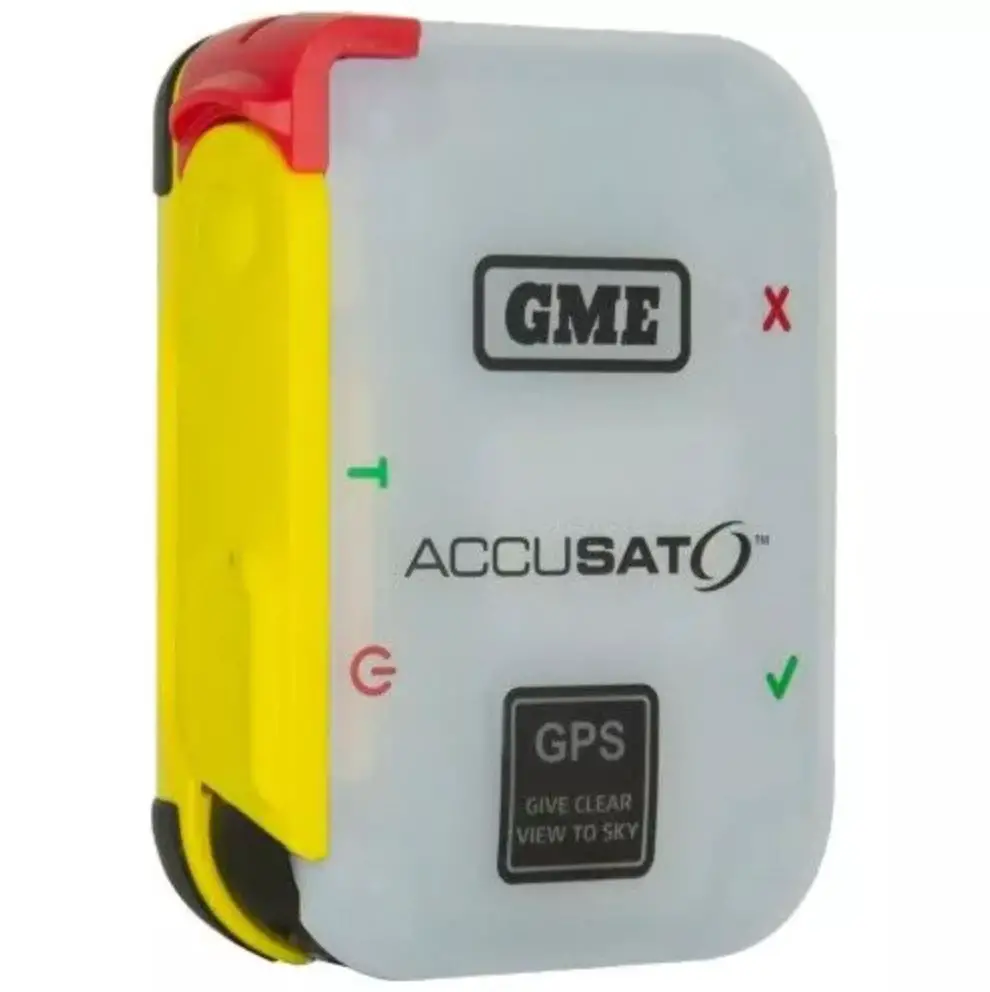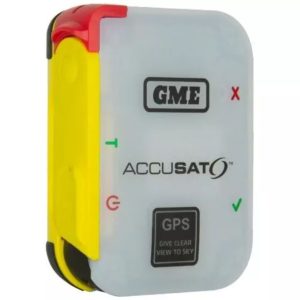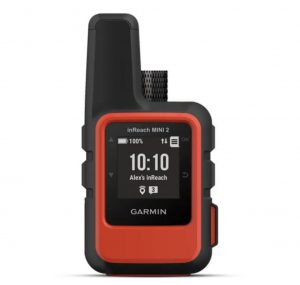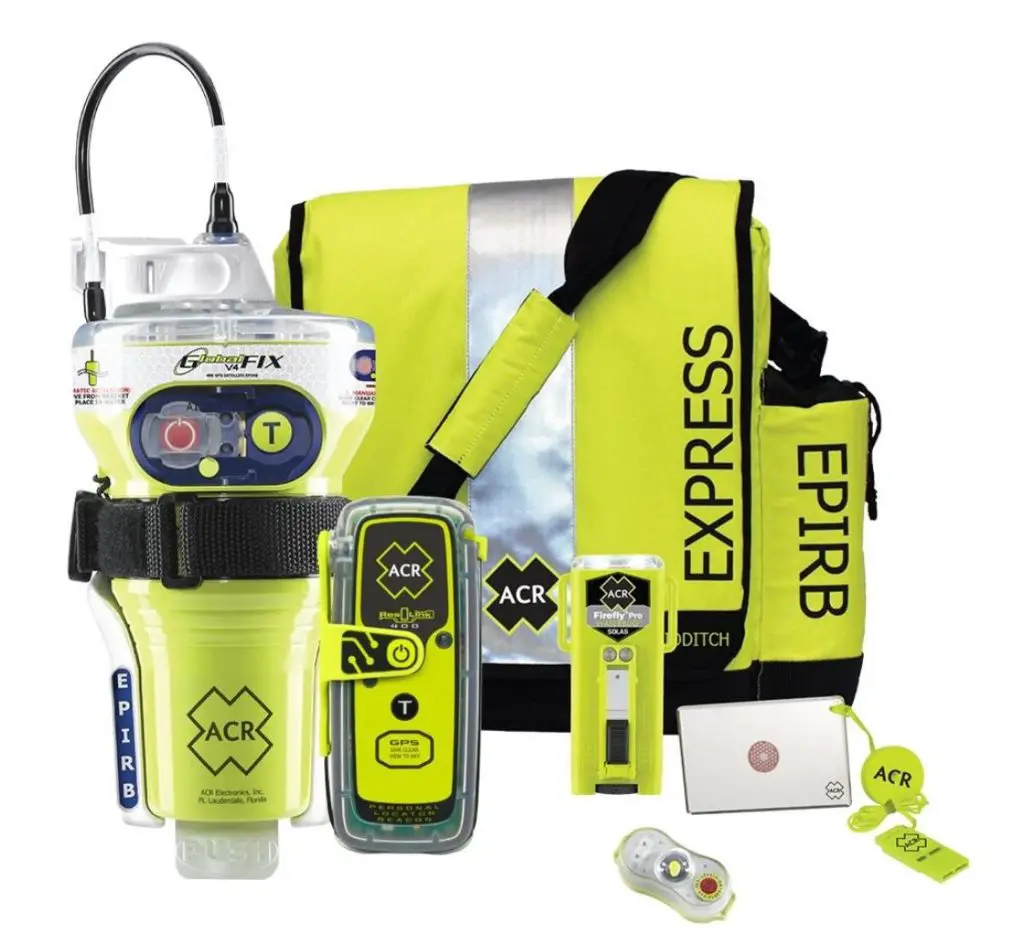Main Types of Emergency Beacon
There are 3 types of emergency beacons available in Australia, these include
- PLB
- EPIRB
- ELT
Knowing which one you require for your type of activities is crucial. In this article we will be focusing on the PLB (personal locator beacons)
PLBs, or personal locator beacons, are utilised by explorers and labourers in hazardous, remote areas.
Beyond 2 nautical miles from the coast, EPIRBs, or Emergency Position Indicating Radio Beacons, are employed in marine operations.
In aviation, ELTs, or Emergency Locator Transmitters, are utilised.
Similar to PLBs, explorers employ satellite messengers, which function on a separate, private network and enable texting in non-life-threatening circumstances.
What is a PLB?
When all other channels of contact have failed and you are in grave and imminent danger, a personal locator beacon should be utilised as a last resort.
When we refer to a severe danger, we indicate an immediate threat to life. Therefore, using a PLB is not necessary in the event of running out of gasoline or becoming lost on the route.
These days, the majority of these gadgets have GPS capabilities and may send an emergency distress signal to the appropriate rescue agency along with your GPS coordinates.
A PLB transmits a distress signal at a frequency of 406 MHz. This unique frequency connects to the COSPAS-SARSAT network of international military satellites and is only used for search and rescue activities. American, Russian, Canadian, and French satellites make up this network.
When you turn on your beacon, your GPS location and the specific beacon-related unique code are communicated by satellite to a rescue coordination centre, where they are shared with the nearby rescue agencies.
Older PLB devices used a frequency of 121.5 MHz, but satellites can no longer detect this, thus these models are no longer authorised for usage. With regard to this, the Ocean Signal RescueMe PLB1 is an exception.
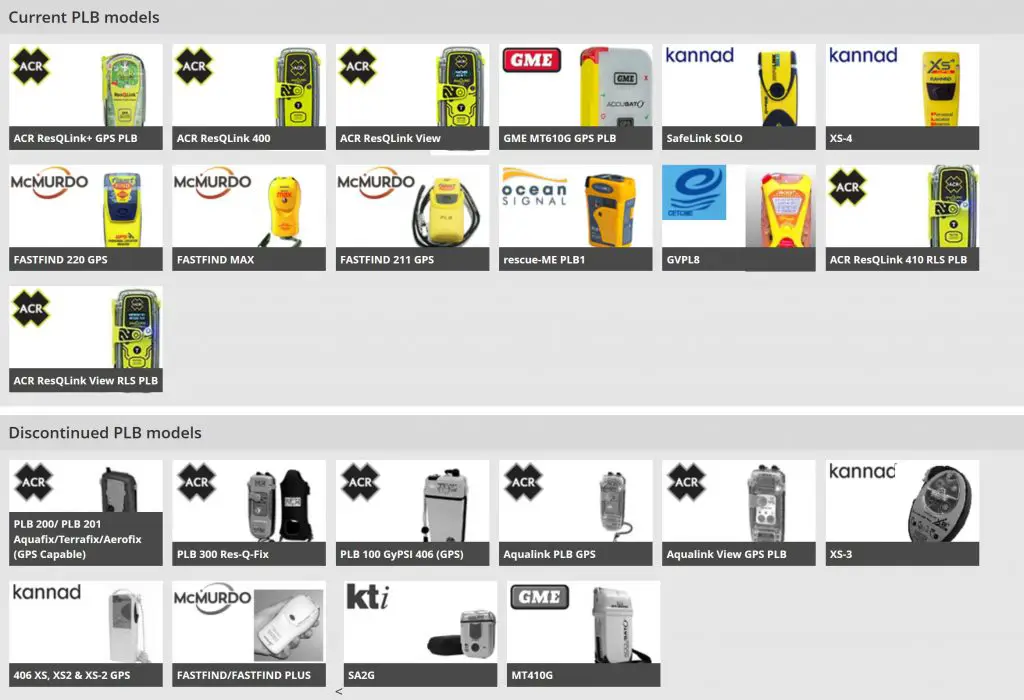
How a PLB Works
- Distress Signall is activated
Activate your distress beacon if your life is in danger and you are unable to contact emergency personnel by phone or radio. Regardless matter whether you were travelling by air, land, or sea, your beacon could be turned on from anywhere on the surface of the Earth. - Signal is received by a satellite
From orbit, the Cospas-Sarsat system of international search and rescue satellites keeps an eye out for signs of danger. It alerts the closest ground station whenever it detects a signal. Beacons communicate on two frequencies: 406MHz, which satellites can pick up, and 121.5MHz, which allows emergency personnel to pinpoint the beacon using specialised search and rescue tools. - Rescue centres are notified and appropriate authorities notified
Your distress call will be forwarded to the rescue coordination centre (RCC), which is in charge of organising search efforts in that area, via a local user terminal, mission control centre, and finally. If your beacon is registered, the information is given to the RCC in the nation where the beacon was registered and activated. - Search and rescue commences
Authorities in charge of search and rescue start searching as soon as they can. AMSA Search and Rescue will check up your account and call your emergency contacts right away if your beacon is registered. Search activities can start much more quickly if trip details are known to emergency contacts or if trip details have been posted online. Therefore, it is crucial to maintain your information current.
PLB Carriage Requirements
Individual states of Australia have different requirements when it comes to carrying a PLB and other beacons. For more information visit https://beacons.amsa.gov.au/about/carriage.asp
Where to purchase a beacon
You can purchase a PLB from online stores, or your local camping, outdoors or fishing store.
Registering your beacon
With a registered beacon, AMSA Search and Rescue may contact your emergency contacts and search up vital information to start an immediate response. The response may be delayed by a beacon that is not registered.
A confirmation will be sent by SMS, email, or letter once an Emergency Position Indicating Radio Beacon (EPIRB), Personal Locator Beacon (PLB), or Emergency Locator Transmitter (ELT) is registered so you may show registration when inspected by authorities.
Disposing of an old PLB or Beacon
Do not dispose of your beacon in the trash, please. Beacons that are not properly disposed of—which frequently happens when they are put in the trash and wind up in landfills—can accidentally activate.
Australia spends hundreds of dollars annually looking for beacons in trash dumps. When search personnel and resources are assigned to locate accidentally activated beacons, they become unavailable for use in actual emergencies. Batteries for beacons should be disposed of carefully because they are dangerous materials.
Choice 1
Ask your neighbourhood battery shop if they disconnect and dispose of beacons. There could be a minor cost.
Choice 2
Call the maritime safety organisation in your area. They might have disposal suggestions.
Choice 3
Consult the manufacturer’s instructions for the beacon; they may include information on how to disconnect the battery. Once disconnected, speak with your neighbourhood waste disposal agency to learn how to properly dispose of your old beacon. There could be a minor cost.
PLB Frequently Asked Questions
Q. Do PLBs work everywhere?
Yes, PLBs work by communicating with satellite that orbit the earth. PLBs should only be used in emergencies.
Q. Is it worth buying a PLB?
If you are planning on heading into the wilderness and away from any phone reception or nearby help, then it is advisable to take a PLB or some form of emergency beacon device. A PLB will alert authorities to your location and a search and rescue mission can commence.
Q. How long does a PLB battery last for?
PLB batteries can last for up to 5 years as they are only activated when in an emergency. Once turned on, most will last for 24 hours. Which should be enough time for rescuers to find you.

